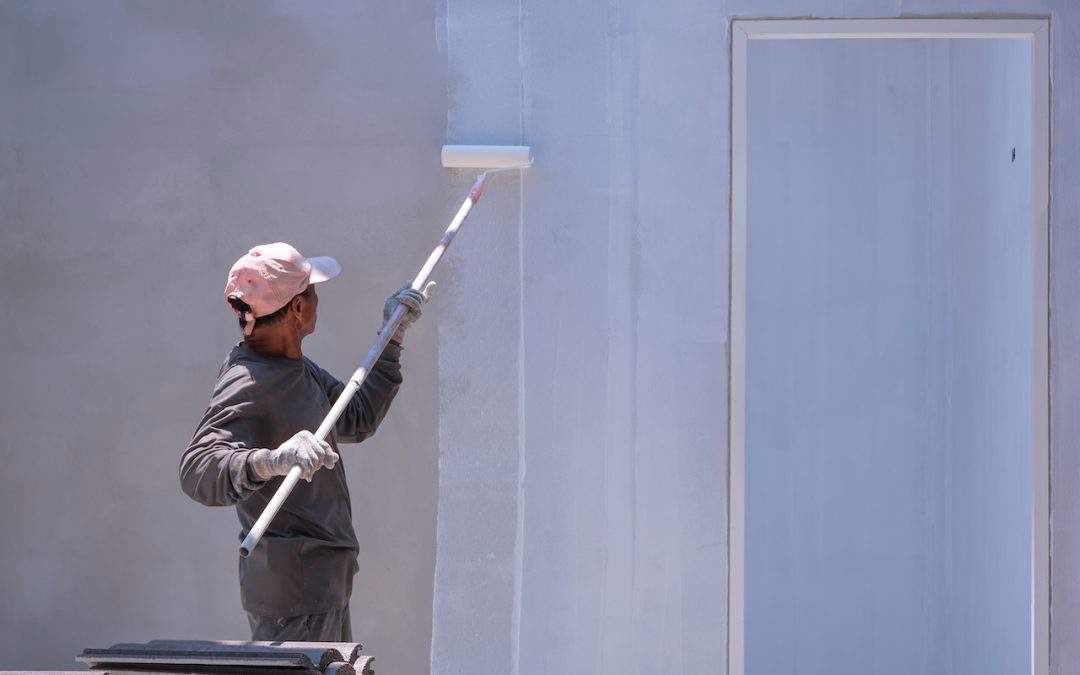The short answer is: it depends. While two coats are generally recommended for most interior and exterior painting projects, several factors can influence number of coats needed.
Factors Affecting the Number of Coats:
- Surface Condition: If the surface is rough, textured, or has imperfections. It may require more coats to achieve a smooth, even finish.
- Paint Quality: High-quality paints often provide better coverage and may require fewer coats although this is not the case for drastic color changes.
- Color Change: Painting over a darker color with a lighter one may require more coats to ensure complete coverage. Other color changes would depend on the type of application.
- Primer Use: Using a primer can help the topcoat adhere better and may reduce the number of coats needed. Although the type of primer can depend on factors such as if you are using a paint and primer or if there is signifcant peeling.
- Surface Type: Different surfaces, such as wood and brick may have varying absorption rates, affecting paint coverage.
General Guidelines:
- Interior Walls: For most interior walls, two coats of paint are usually sufficient. However, if you’re painting over a dark color or the surface is uneven, going to white or changing to a rich color you may need three or more coats.
- Exterior Surfaces: Exterior surfaces, such as siding and trim, often require at least two coats to provide adequate protection from the elements. Although, this can depend on the application method. For severely weathered or damaged surfaces, additional coats may be necessary.
- Trim and Moldings: Trim and moldings typically require two coats. Especially, if they’re being painted a different color than the walls.
Remember: It’s always better to apply an extra coat than to risk an uneven or incomplete finish. If you’re unsure about the number of coats needed for your specific project, consult with painting professionals like our team at Fillo Painting & Exteriors.

